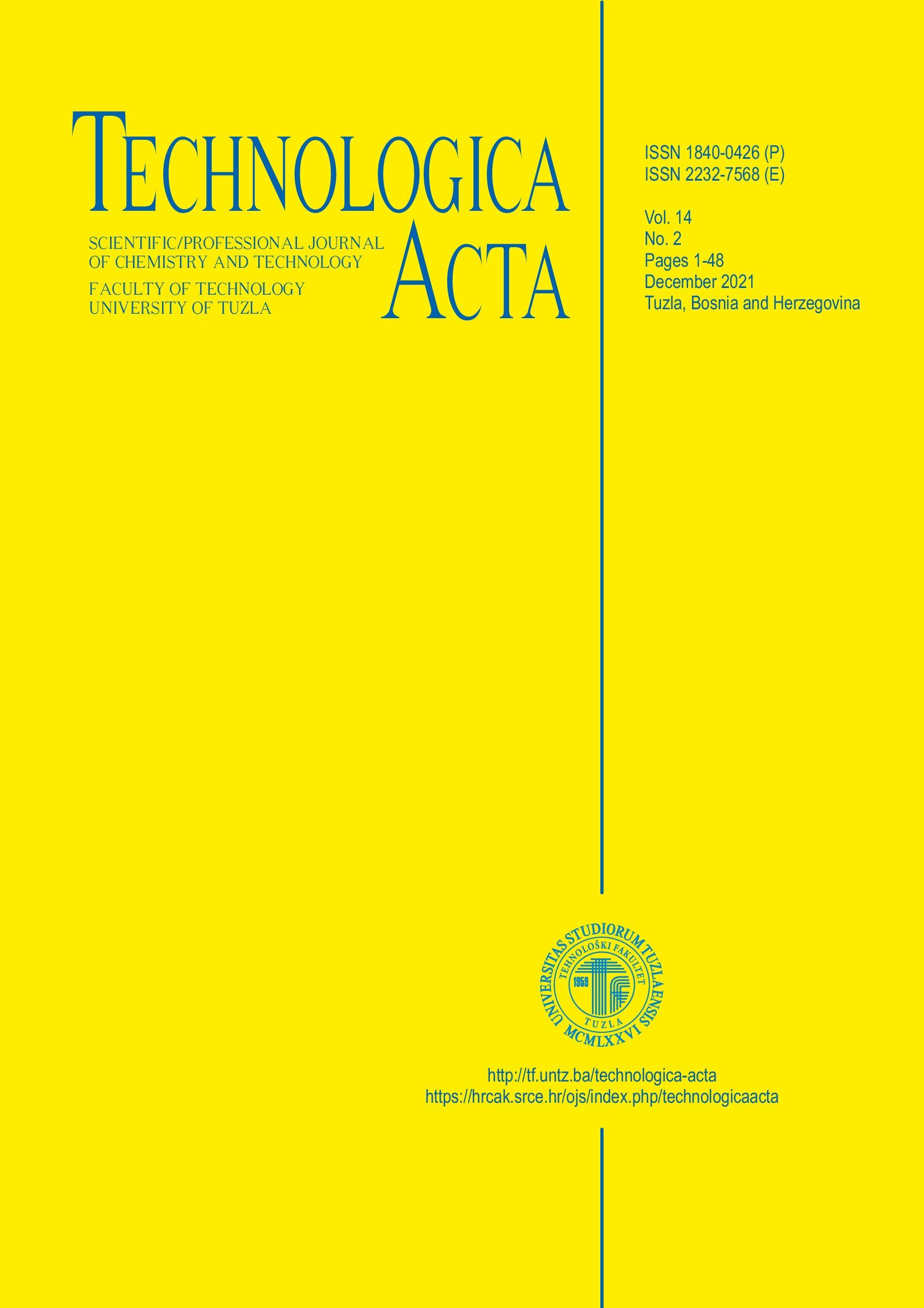The potential of corn (Zea Mays) for phytoremediation of soil contaminated with heavy metals
Keywords:
phytoremediation, Corn (Zea mays), heavy metalsAbstract
Heavy metal pollution is a significant environmental problem and has a negative impact on human health and agriculture. Phytoremediation has recently emerged as an efficient heavy metal remediation technology. To examine the phytoremediation potential, an experiment was conducted, where the influence of high and low concentrations of heavy metals, lead, cadmium and zinc (Pb, Cd and Zn) on the phenological characteristics of corn (Zea mays), as well as their accumulation in the underground and aboveground part was monitored. The experiment was carried out in outdoor conditions in pots in which corn was planted and the soil was contaminated with heavy metals in concentrations below and above the maximum allowable concentration prescribed by the Ordinance. The experiment lasted 45 days. By processing the results, statistically significant differences in plant development were determined.The highest concentration of Zn was recorded in the aboveground part of the plant, the stem in the amount of 24.443 mg/kg, and the lowest concentration in the leaf 0.216 mg/kg. The highest concentrations of Cd and Pb were recorded in the root, for lead 26.610 mg/kg and in the stem for cadmium 30.490 mg/kg, which is a statistically significantly higher established value compared to other parts of the plant.


